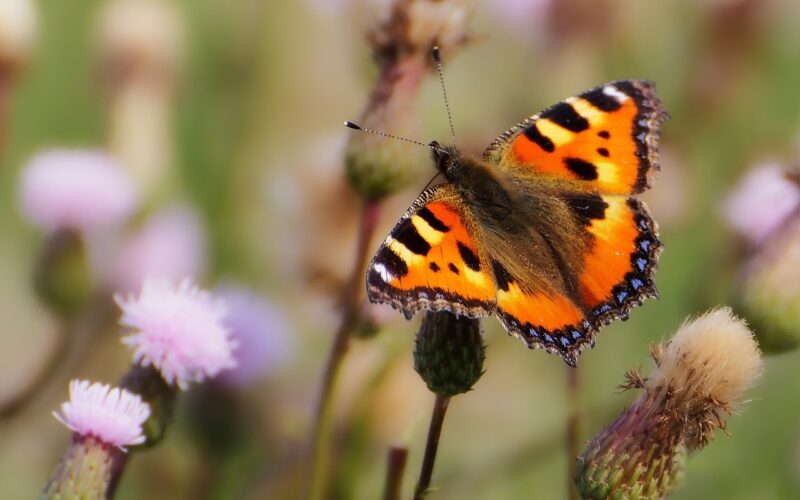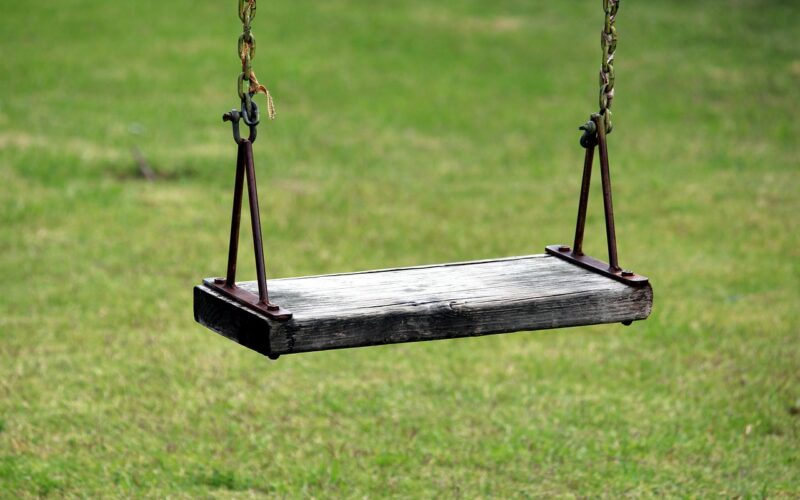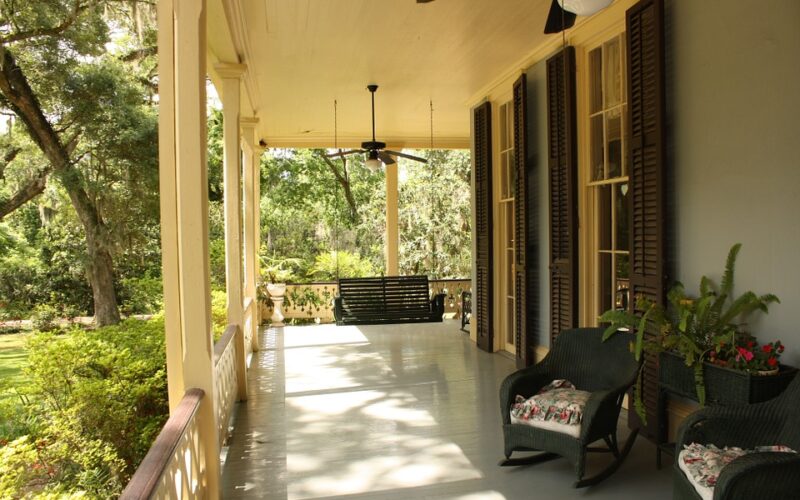Rewilding your garden is a powerful act of restoration. It's not merely the cessation of intensive maintenance or the conversion of a manicured lawn into a more natural landscape; rewilding is about re-establishing a connection with nature and creating a habitat that buzzes with life.
Why re-wild your garden?
The concept of rewilding has gained ground in recent years as gardeners and environmentalists seek to build resilience against climate change and the dramatic loss of biodiversity. Traditional suburban gardens, with their neat lawns and non-native plants, do little to support local wildlife or ecological sustainability. By rewilding, you switch the focus from ornamentation to preservation, creating an environment that welcomes and sustains a variety of species.
The benefits of a wilder garden
Re-wilded gardens teem with life and bring a host of ecological benefits. These spaces can serve as crucial stepping stones for pollinators like bees, butterflies, and birds, whose habitats have been fragmented by urban development. A re-wilded garden helps lock carbon into the soil, mitigates the effects of floods by improving soil absorption, and, importantly, reduces the chemical load in our environment by negating the need for fertilisers and pesticides.
Getting started with rewilding
Beginning your rewilding project can be as simple as leaving a section of your garden unmaintained to see what grows naturally. Over time, you can add native plant species that are known to thrive in your area and provide food and shelter for local wildlife. Reducing mowing frequency allows grasses and flowers to flourish, creating habitats for insects and small animals. Installing birdhouses, bee hotels, and even a pond can support a more diverse array of creatures.
Restoring natural processes
Beyond planting and habitat creation, rewilding is about letting nature take the lead. This might mean tolerating insects that we're used to considering pests and allowing dead wood to decompose naturally, providing homes for countless microorganisms. It's about the interplay of species and the relationships that develop in a less controlled environment. These interactions often lead to a more resilient and stable garden ecology.
Managing a wild garden
If you're worried about your garden becoming a thicket of brambles, fear not; rewilding isn't about completely renouncing management. It's more about careful observation and gentle steering rather than rigid control. You can shape your garden's direction by selective pruning, sowing specific seeds, and gently guiding the succession of plant communities to encourage a wide variety of habitats and species.
Joining a wider movement
When you re-wild your garden, you join a collective effort to restore balance to local ecosystems and contribute to a network of green spaces that support natural processes and wildlife corridors. Consider getting involved with community rewilding projects, sharing seeds and plants with neighbours, or joining conservation groups to magnify the impact. Each re-wilded garden is a haven for wildlife and a step towards a healthier planet.
Re-wilding a garden is an enjoyable and impactful way to contribute to the resurgence of local ecosystems and fight ecological degradation. Your own backyard can become a bastion of biodiversity, and as you watch it grow and change, you'll find yourself woven into the delicate tapestry of life that flourishes there. It's a process rich with rewards and a genuinely positive legacy to leave for future generations to cherish.




















